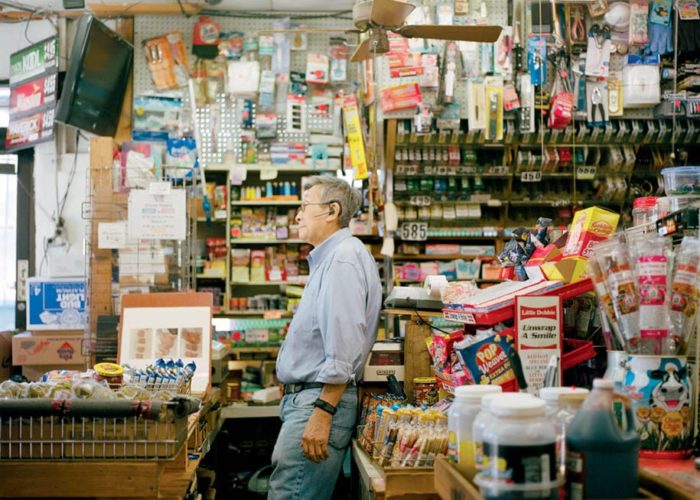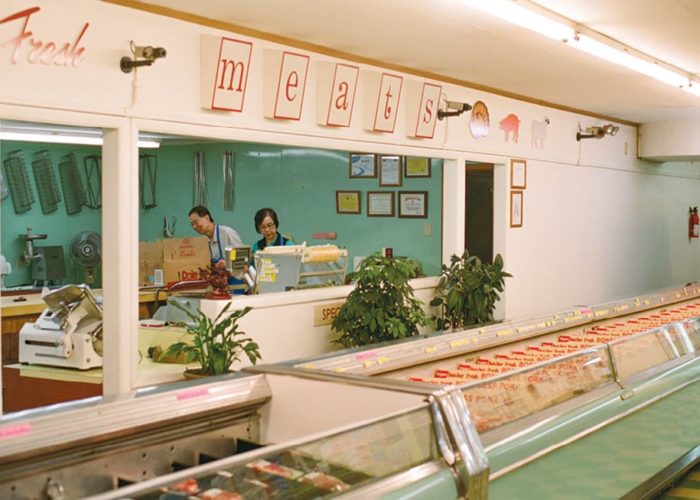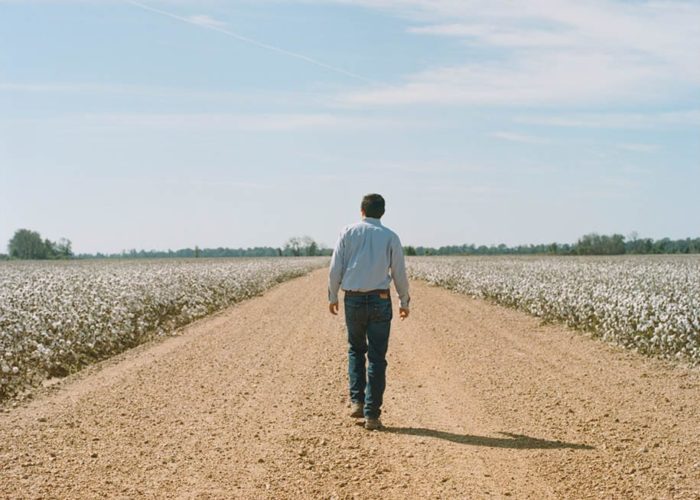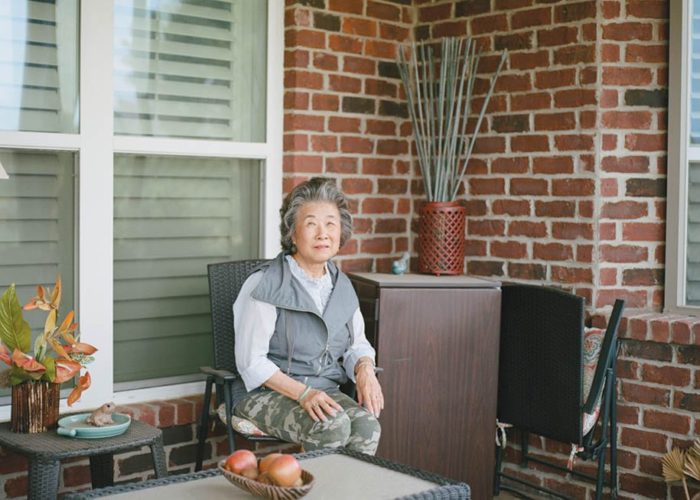Photographer Andrew Kung, BS 13, captures the stories of overlooked communities
Andrew Kung has always been enamored with the Deep South. His parents, immigrants from China, met and married in North Carolina. But it wasn’t until the photographer visited the Mississippi Delta and captured the stories of a small Asian American community there—images shown below and published in a 2018 New York Times audiovisual presentation—that his photography career took a profoundly meaningful, serendipitous turn.
“I got so many comments from Asian Americans in the South saying they felt seen and represented for the first time,” Kung says. “It was a turning point for me in realizing that I have a voice, and I have the power to uplift my own community through my photography. My role could be to build empathy.”
Photography—especially shooting portraits—was initially a hobby for Kung, who worked as a strategy and operations analyst at LinkedIn after graduation. “I liked that portrait photography was interactive and allowed me to build a relationship with the subject,” says Kung. Eventually, the lure of the lens led him to pursue a full-time career. He found early success photographing mostly people-centric photos for brands like Beats by Dre, HBO, Google, and Lyft.
The Mississippi Delta residents whom Kung and fellow Asian American photographer Emanuel Hahn captured are descendants of Chinese immigrants who settled there in the early 1900s. Many opened grocery stores catering to Black communities—at its peak in the mid-1970s, there were hundreds of grocery stores and an estimated 2,500 Chinese people in the Delta. The Chinese immigrants, though themselves discriminated against, often served as middlemen in segregated society. Economic opportunities are scarce these days.
Interviewing librarians, farmers, teachers, and grocers about experiences of blatant racism and bias growing up in a state where Asian Americans comprise less than 2% of the total population made Kung more aware of the limits inherent in his own perspective growing up in the Bay Area. “There were so many diverse people around that you almost take it for granted,” he says.
“I got so many comments from Asian Americans in the South saying they felt seen and represented for the first time,” Kung says.
These days, with some Americans blaming the novel coronavirus on China, Kung sees the need for images that elevate the Asian American experience as more pressing than ever. “COVID-19 is amplifying blatant racism,” says Kung. “My short-term goal is to use my platform to encourage fellow artists, entrepreneurs, Asian Americans, and people of color to speak up and build awareness in their respective communities. It’s really important to use your voice.”





